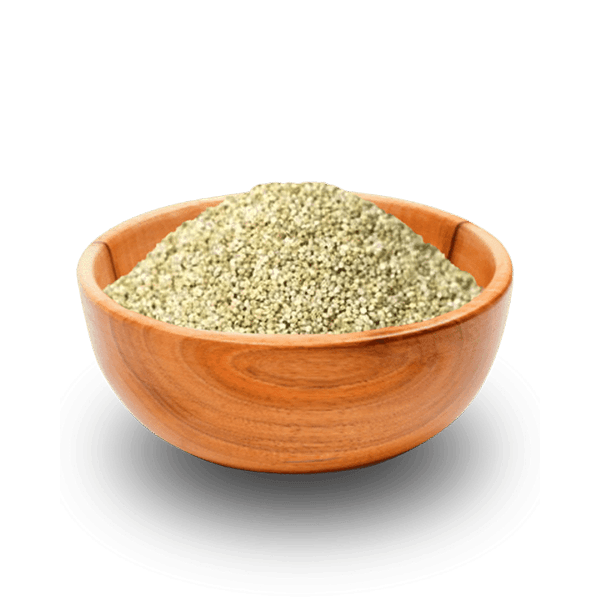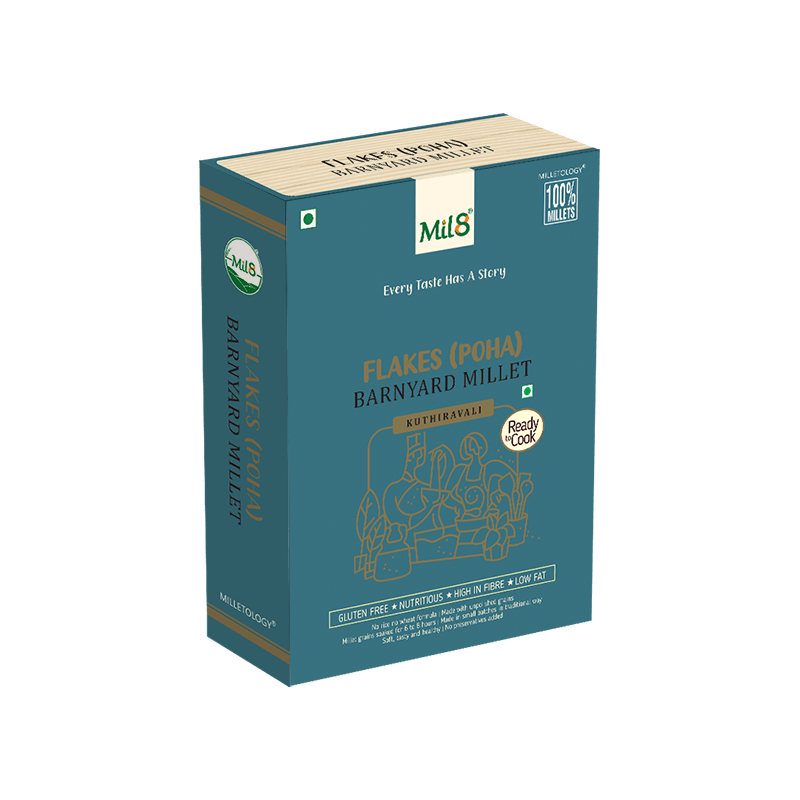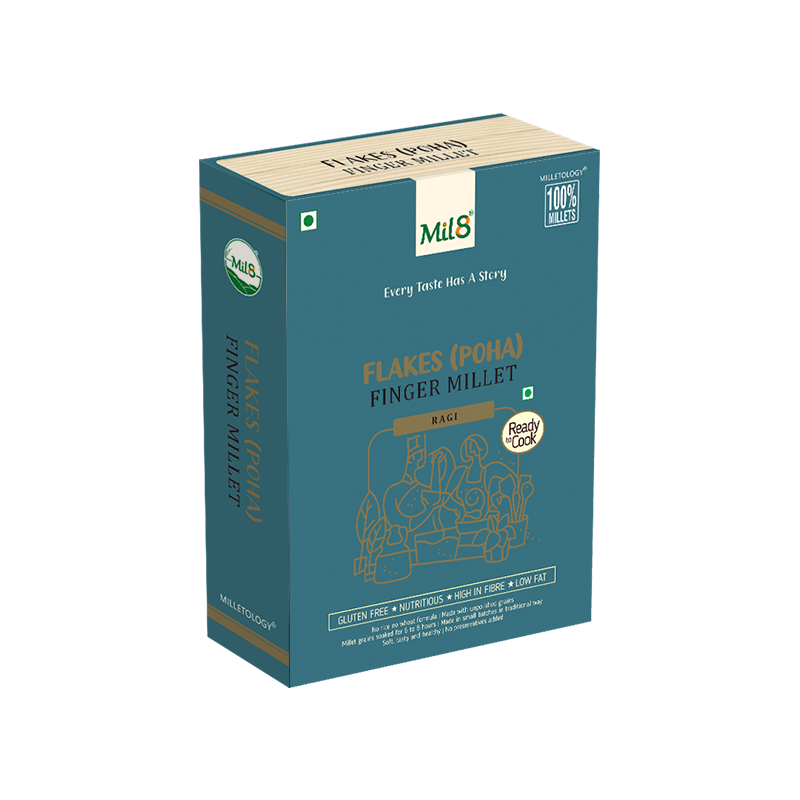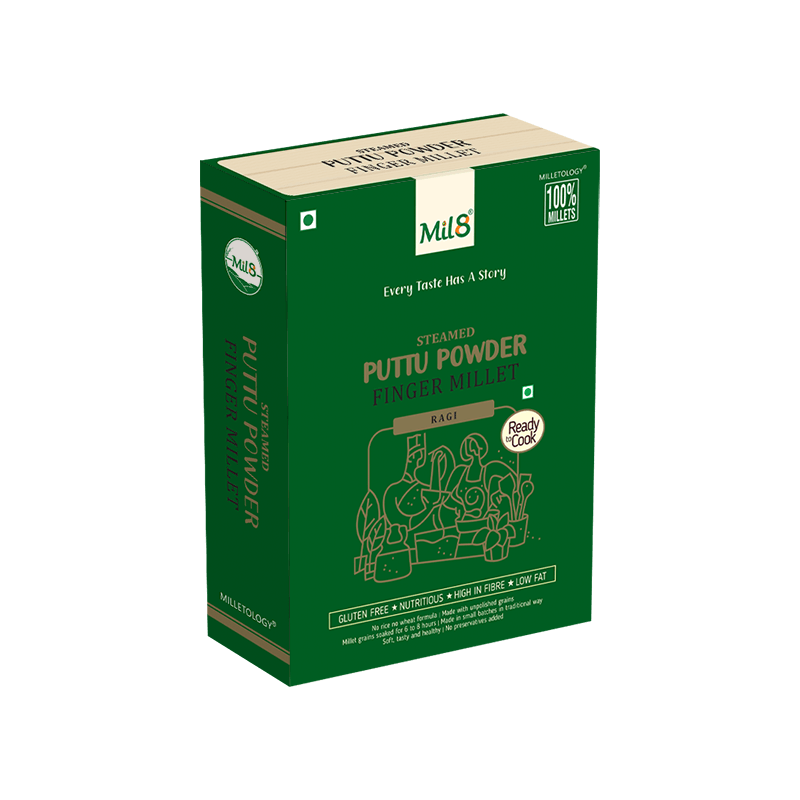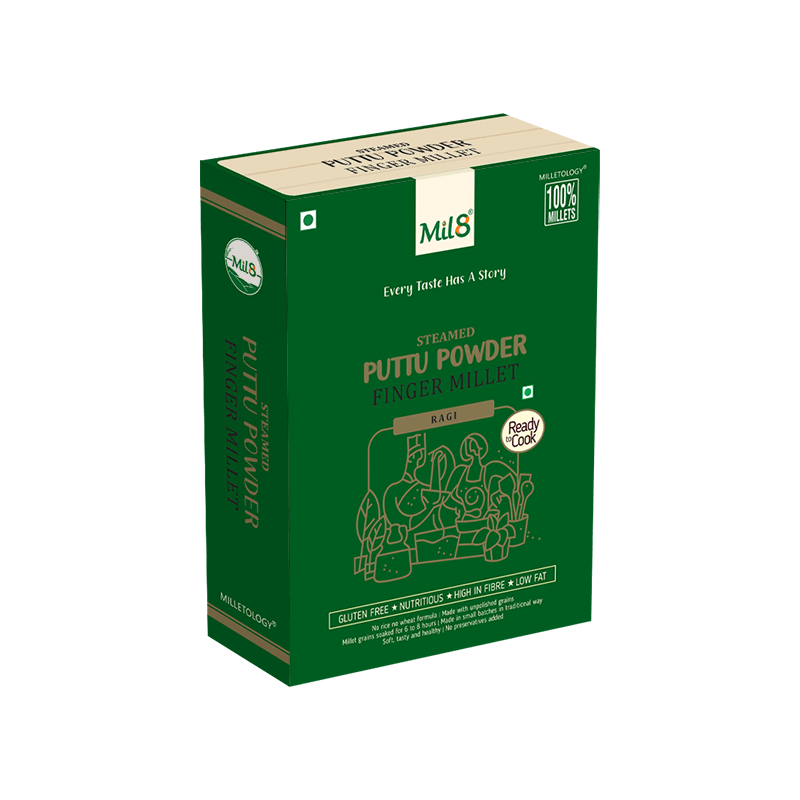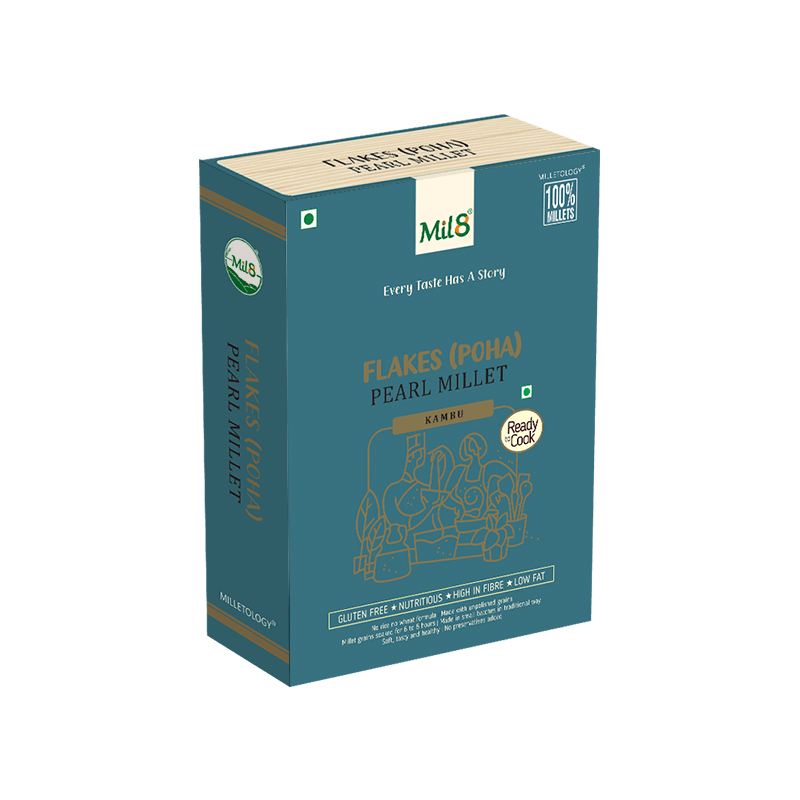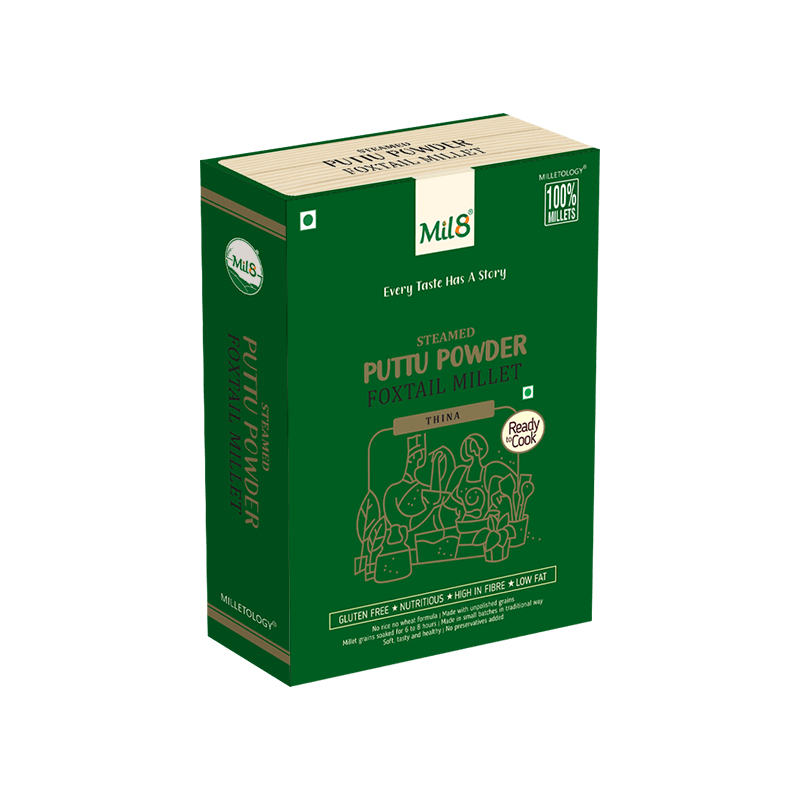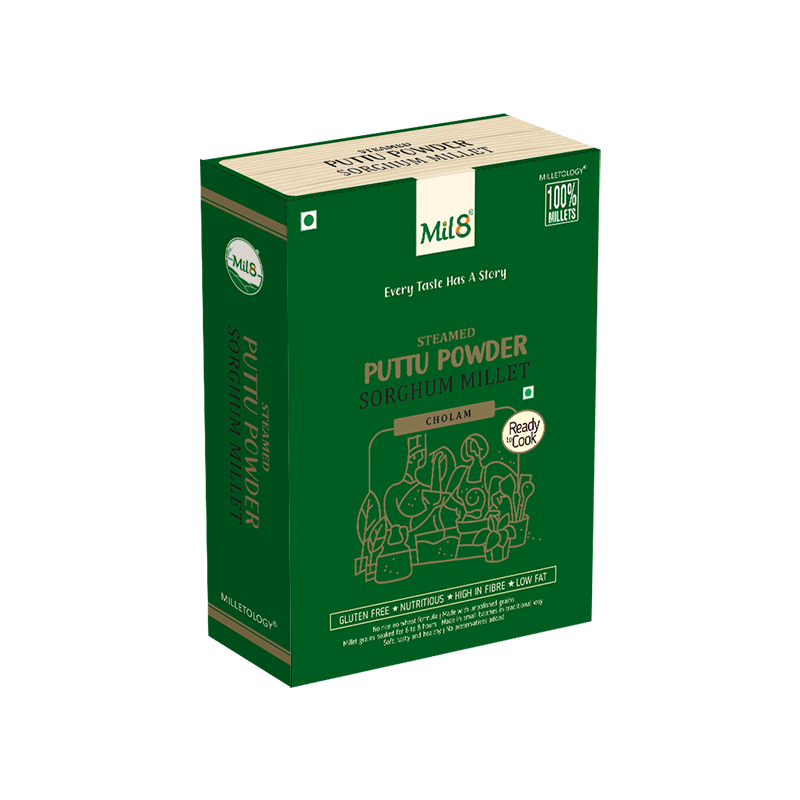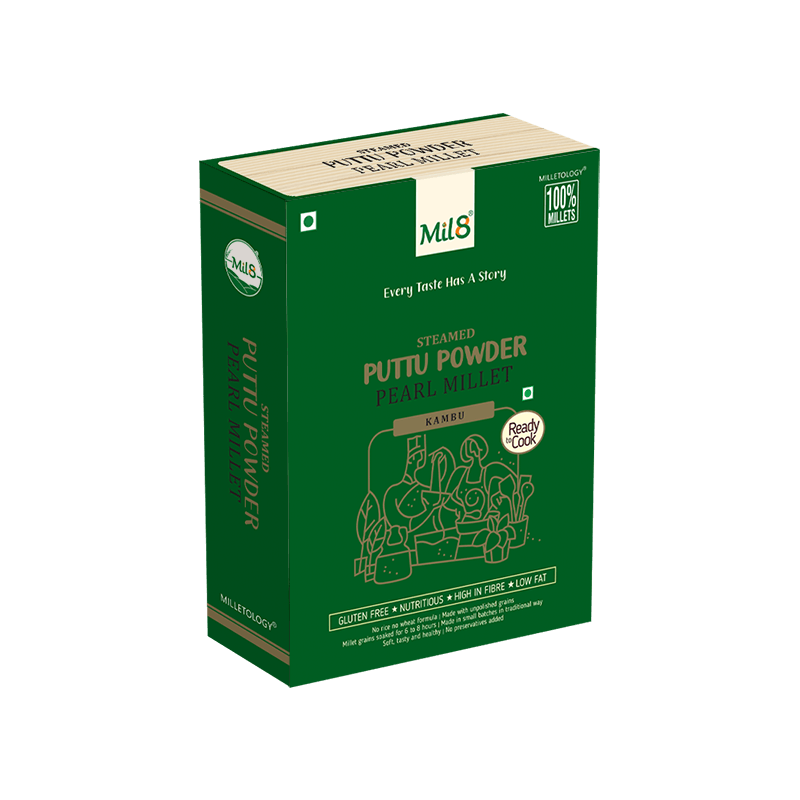LITTLE MILLET
Little millet, scientifically known as Panicum sumatrense, is a small-seeded grain that belongs to the millet family. It's often referred to as "samai" or "samalu" in India, where it's commonly cultivated and consumed. This grain has been a part of traditional diets in many parts of the world, especially in South Asia and Africa, for centuries.
Here are some key points about little millet:
-
Nutritional Profile: Little millet is highly nutritious, rich in carbohydrates, dietary fiber, and various micronutrients such as iron, calcium, magnesium, and zinc. It's also gluten-free, making it suitable for people with gluten intolerance or celiac disease.
-
Health Benefits: Due to its nutritional composition, little millet offers several health benefits. It helps in managing diabetes due to its low glycemic index, aids in weight management, improves digestion, and provides sustained energy release.
-
Cooking Uses: Little millet can be used in various culinary preparations, similar to other millets. It can be cooked as rice, used in porridge, added to soups, or ground into flour for making rotis or bread. Its nutty flavor adds a distinct taste to dishes.
-
Cultivation: Little millet is a hardy crop that grows well in semi-arid tropical regions. It requires less water compared to other grains like rice and wheat, making it suitable for cultivation in dryland areas. It's a resilient crop, resistant to pests and diseases.
-
Environmental Benefits: Cultivating little millet can have environmental benefits such as soil conservation, water conservation, and biodiversity preservation. Its cultivation promotes sustainable agriculture practices, especially in regions prone to drought or water scarcity.
-
Cultural Significance: Little millet holds cultural significance in many communities where it's consumed. It's often used in traditional rituals, festivals, and ceremonies, symbolizing prosperity and well-being.
Little Millet Upma Recipe
Instructions:
-
Preparation: Rinse the little millet under running water until the water runs clear. Drain and set aside.
-
Cooking the Millet: In a saucepan, bring 2 cups of water to a boil. Add the rinsed little millet to the boiling water. Reduce the heat to low, cover the saucepan, and let it simmer for about 15-20 minutes or until the millet is cooked and water is absorbed. Once done, fluff it with a fork and set aside.
-
Making the Upma:
- Heat oil in a large pan or kadhai over medium heat.
- Add mustard seeds and cumin seeds. Let them crackle.
- Add chopped onions, green chili, and ginger. Sauté until onions turn translucent.
- Add green peas and chopped carrots. Cook for a few minutes until the vegetables are slightly tender.
- Add chopped tomatoes, turmeric powder, and salt. Mix well and cook until tomatoes are soft and mushy.
- Now, add the cooked little millet to the pan. Mix everything together gently until well combined. Cook for a few more minutes, stirring occasionally.
-
Garnish and Serve:
- Garnish the upma with freshly chopped coriander leaves.
- Serve hot with a squeeze of lemon juice on top, if desired.
- 1 cup little millet
- 2 cups water
- 2 tablespoons oil
- 1 teaspoon mustard seeds
- 1 teaspoon cumin seeds
- 1 onion, finely chopped
- 1 green chili, finely chopped (adjust to taste)
- 1/2 inch ginger, finely chopped
- 1/4 cup green peas (fresh or frozen)
- 1 carrot, finely chopped
- 1 tomato, finely chopped
- 1/4 teaspoon turmeric powder
- Salt to taste
- Fresh coriander leaves for garnish
- Lemon wedges (optional, for serving)
- Calories: Around 119 kcal
- Carbohydrates: Approximately 23 grams
- Protein: About 3 grams
- Fat: Around 1 gram
- Dietary Fiber: Approximately 1.3 grams
- Vitamins and Minerals:
- Iron: About 1.5 milligrams
- Calcium: Approximately 17 milligrams
- Magnesium: Around 25 milligrams
- Phosphorus: Approximately 75 milligrams
- Potassium: About 40 milligrams
- Zinc: Around 0.5 milligrams
- Vitamin B1 (Thiamine): Approximately 0.1 milligrams
- Vitamin B3 (Niacin): Around 0.6 milligrams
- Vitamin B6: Approximately 0.1 milligrams
- Folate: Around 3 micrograms
-
Cooked as Rice: Little millet can be cooked and served as a rice substitute. Simply rinse the millet, add it to boiling water (usually in a 1:2 ratio of millet to water), reduce the heat, cover, and simmer until the millet is tender and the water is absorbed. Fluff it with a fork before serving.
-
Porridge: Cooked little millet can be used to make a nutritious breakfast porridge. Boil the millet in water or milk until soft and creamy. Sweeten with honey or sugar and flavor with spices like cinnamon or cardamom. Add nuts, dried fruits, or fresh fruits for extra texture and flavor.
-
Upma: Little millet upma is a popular South Indian dish made by sautéing cooked millet with spices, vegetables, and aromatics like onions, ginger, and green chilies. It's a hearty and flavorful breakfast or snack option.
-
Pulao: Little millet can be used to make delicious and nutritious pulao or pilaf. Sauté onions, garlic, and spices in oil, add soaked and drained millet along with vegetables and broth, and cook until the liquid is absorbed and the millet is tender. Garnish with fresh herbs before serving.
-
Salads: Cooked and cooled little millet can be used as a base for salads. Toss it with mixed greens, chopped vegetables, herbs, nuts, and a vinaigrette dressing for a refreshing and wholesome meal.
-
Baked Goods: Little millet flour can be used in baking to make bread, muffins, pancakes, or cookies. It adds a nutty flavor and a nutritious boost to baked goods. Substitute part of the regular flour with millet flour in your favorite recipes.
-
Soups and Stews: Add cooked little millet to soups and stews for added texture and nutrition. It thickens the broth slightly and provides a satisfying chewiness to the dish.

